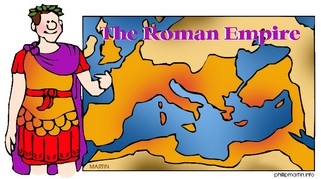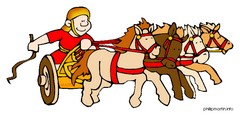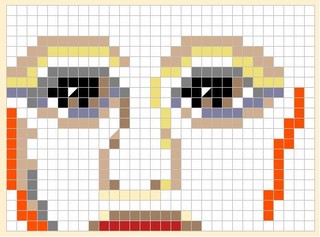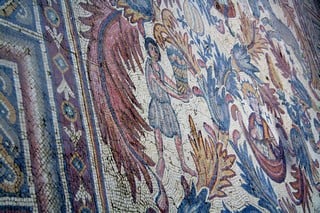Dear 7C,
INTRODUCING THE ROMANS… The Romans built superbly designed roads, triumphal arches and aqueducts. They administered a massive empire for hundreds of years, but despite their brilliance in many fields they had a brutal streak.
;

For instance, they are still famous for their cruel punishments, such as the one inflicted on Jesus and the thousands of slaves they executed for rebellion along the Appian Way. We remember them for the blood sports in their amphitheatres, where by all accounts they bayed for blood and got it. Their banquets were evidently lavish – and were of course served by slaves. These are just a few examples of how they often used their inventive ideas in cruel and unprincipled ways.
Nevertheless, their influence on the modern world has been immeasurable, like that of the ancient Greeks. The script used by the Romans is the one used in most countries for writing today. The words of their language, Latin, have found their way into many modern languages. Their administrative methods, architecture and engineering have been admired and copied ever since their empire finally collapsed.

The Western Roman Empire officially came to an end in 476AD, a date that is usually considered to mark the end of the ancient period and the beginning of the medieval period. This depends on which historian you read, of course.
Even though they were warlike and vicious, they imposed an enforced peace upon their large empire. In the midst of all their decadence, the learning and ideas that flourished during that time of peace (known as “Pax Romana”) provided a basis for later civilisations to build upon.
I hope you enjoy finding out about this clever, violent and influential civilisation.
Kind regards,
Ros.
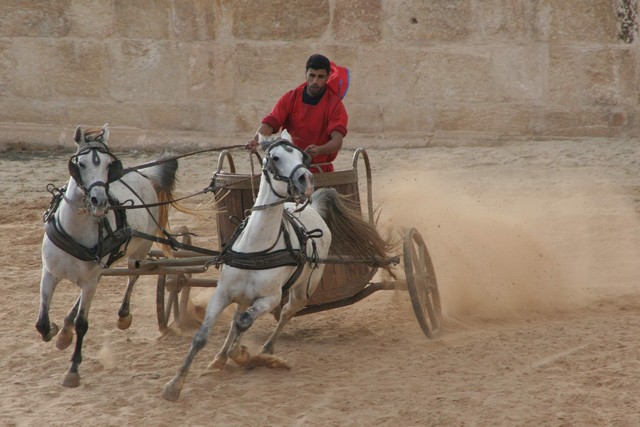
Click HERE for the Gladiator: Dressed to Kill Game from the wonderful BBC website. (You can also click on the pic below.) |
Roman Mosaics: The Romans loved to make pictures with small tiles.
 Click HERE for some pictures of Roman mosaics to inspire you. Then try making your own by clicking on my mosaic below to go to a site that lets you design one online. Click HERE to view a Roman mosaic of a dog – you will love it. |
A Roman StreetToss everything that doesn’t belong in a Roman street into the time tunnel in this game from the BBC.  Click HERE. |
The History of Pizza ; Read this interesting story by clicking HERE. |
;

Tyranny
1. Go to this site to find a simple definition of tyranny. Write down your own definition of tyranny, doing your best to use some of the words introduced in class.
http://dictionary.kids.net.au/word/tyranny
2. Read a straightforward account of the history of the Roman republic at this site. Write a brief account of the meaning of the word republic. In what ways was Rome’s republic similar to Athens’ limited democracy?
http://www.historyforkids.org/learn/government/republic.htm
3. Write a comment in response to this question: When does a person in authority, such as a parent, a teacher or a leader of a country, overstep the mark and begin to act in a tyrannical manner? Think hard about this question.
4. Question for class discussion: What can ordinary people (children, adults and citizens) do to reduce the chance of tyranny? Why might this be a difficult and sometimes even a dangerous task?



 There were some creative Roman mosaics being made in class on Tuesday. In one particularly memorable one, a student designed a mosaic of an elephant squirting water on my head.
There were some creative Roman mosaics being made in class on Tuesday. In one particularly memorable one, a student designed a mosaic of an elephant squirting water on my head. 